N-BK7 (CDGM H-K9L)
Bi-Convex Lenses
N-BK7 is borosilicate crown optical glass widely used in visible and NIR spectrum, it is typically chosen whenever the additional benefits of UV fused silica (i.e., good transmission further into the UV and a lower coefficient of thermal expansion) are not necessary. We default to use the Chinese equivalent material of CDGM H-K9L to substitute N-BK7.
Paralight Optics offers N-BK7 (CDGM H-K9L) Bi-Convex lenses with options of either uncoated or our antireflection (AR) coatings, which reduces the amount of light reflected from each surface of the lens. Since approximately 4% of the incident light is reflected at each surface of an uncoated substrate, the application of our high-performance multi-layer AR coating improves transmission, which is important in low-light applications, and prevents the undesirable effects (e.g., ghost images) associated with multiple reflections. Having optics with AR coatings optimized for the spectral range of 350 – 700 nm, 650 – 1050 nm, 1050 – 1700 nm deposited on both surfaces. This coating greatly reduces the high surface reflectivity of the substrate less than 0.5% per surface, yielding a high average transmission across the entire AR coating range for angles of incidence (AOL) between 0° and 30° (0.5 NA), For optics intended to be used at large incident angles, consider using a custom coating optimized at a 45° angle of incidence; this custom coating is effective from 25° to 52°. Broadband coatings have a typical absorption of 0.25%. Check the following Graphs for your references.

Features:
Material:
CDGM H-K9L
Wavelength Range:
330 nm - 2.1 μm (Uncoated)
Available:
Uncoated or with AR Coatings or laser line V-Coating of 633nm, 780nm or 532/1064nm
Focal Lengths:
Available from 10.0 mm to 1.0 m
Positive Focal Length:
For Use at Finite Conjugates
Applications:
Well Suited for Many Finite Imaging Applications

Common Specifications:

Reference Drawing for
Plano-convex (PCX) Lens
Dia: Diameter
F: Focal Length
ff: Front Focal Length
fb: Back Focal Length
R: Radius
tc: Lens Thickness
te: Edge Thickness
H”: Back Principal Plane
Note: The focal length is determined from the back principal plane, which does not necessarily line up with the edge thickness.
Parameters
Ranges & Tolerances
-
Substrate Material
N-BK7 (CDGM H-K9L)
-
Type
Plano-Convex (PCV) Lens
-
Index of Refraction (nd)
1.5168
-
Abbe Number (Vd)
64.20
-
Thermal Expansion Coefficient (CTE)
7.1 x 10-6/℃
-
Diameter Tolerance
Precison: +0.00/-0.10mm | High Precision: +0.00/-0.02mm
-
Thickness Tolerance
Precison: +/-0.10 mm | High Precision: +/-0.02 mm
-
Focal Length Tolerance
+/- 1%
-
Surface Quality (Scratch-Dig)
Precison: 60-40 | High Precision: 40-20
-
Surface Flatness (Plano Side)
λ/4
-
Spherical Surface Power (Convex Side)
3 λ/4
-
Surface Irregularity (Peak to Valley)
λ/4
-
Centration
Precison: <3 arcmin | High Precision: <30 arcsec
-
Clear Aperture
90% of Diameter
-
AR Coating Range
See the above description
-
Transmission over Coating Range (@ 0° AOI)
Tavg > 92% / 97% / 97%
-
Reflectance over Coating Range (@ 0° AOI)
Ravg < 0.25%
-
Design Wavelength
587.6 nm
-
Laser Damage Threshold
>7.5 J/cm2 (10ns,10Hz,@532nm)

Graphs
♦ Transmission curve of uncoated NBK-7 substrate: high transmission from 0.33 µm to 2.1 μm
♦ Comparison of reflectivity curve of AR-coated NBK-7 in different spectral ranges (The plots shows that AR coatings provide good performance for angles of incidence (AOI) between 0° and 30°, broadband coatings have a typical absorption of 0.25%)










